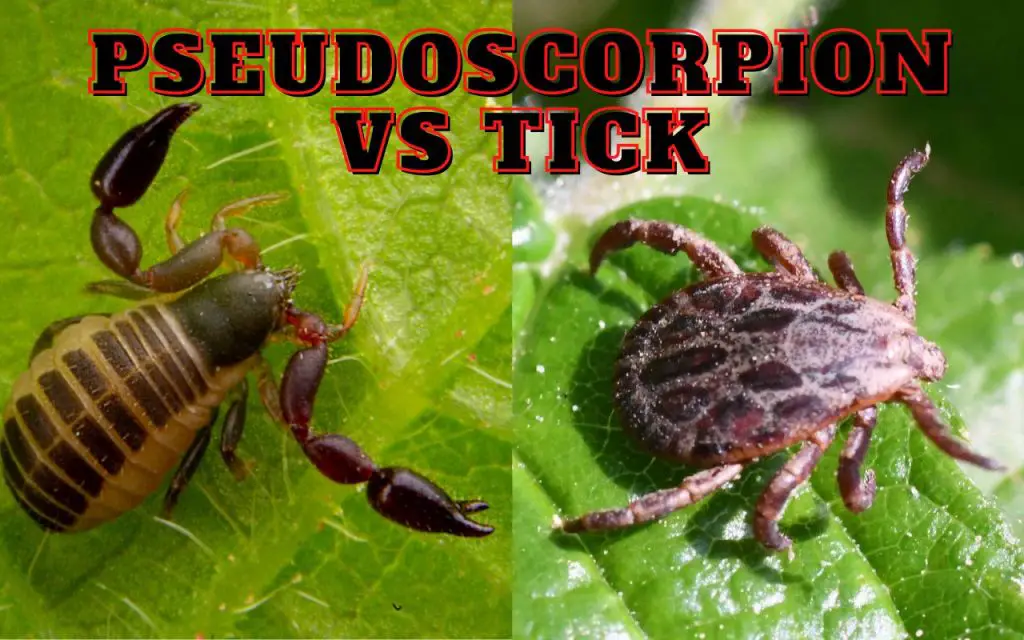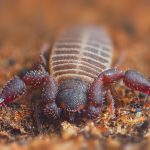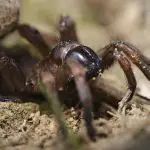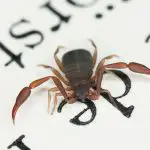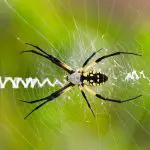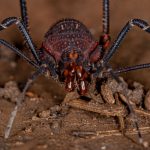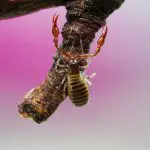Pseudoscorpion vs Tick. Is there a difference? There is indeed. Though both arachnids, they show big differences in anatomy and how they interact with humans…
It is easy to confuse a pseudoscorpion and a tick since they have roughly the same shape and almost similar size. However, they have slight differences. First, a pseudoscorpion has long claw-like pincers. Also, a pseudoscorpion is smaller than a tick, almost less than 5mm long. Also, no cause for alarm concerning pseudoscorpions as they are harmless to humans or livestock, unlike ticks which are harmful to livestock.
Pseudoscorpions
Pseudoscorpions are tiny, harmless arachnids that can exist in your house, yet you cannot see them. An adult pseudoscorpion is approximately 8 mm long with eight legs and a large pair of pedipalps. The pedipalps or pincers at the front appear like claws. While they may resemble actual scorpions and ticks, there is a notable difference between them. Pseudoscorpions have a flat, pear or tear-shaped body.
Many species of pseudoscorpions live in many parts of the world, usually in damp climates. The largest species, Garypus titanius, can grow up to about 11 mm in length, live in seabird colonies, and only feed on insects at night. However, it is an endangered species and lives under threat from non-native insects and animals.
Pseudoscorpions display a unique mating process. Some species engage in an intricate mating dance during reproduction. In this case, the male pulls the female over a spermatophore put out on a surface. In other species, the male uses his forelegs to drive the sperm into the female genitalia.
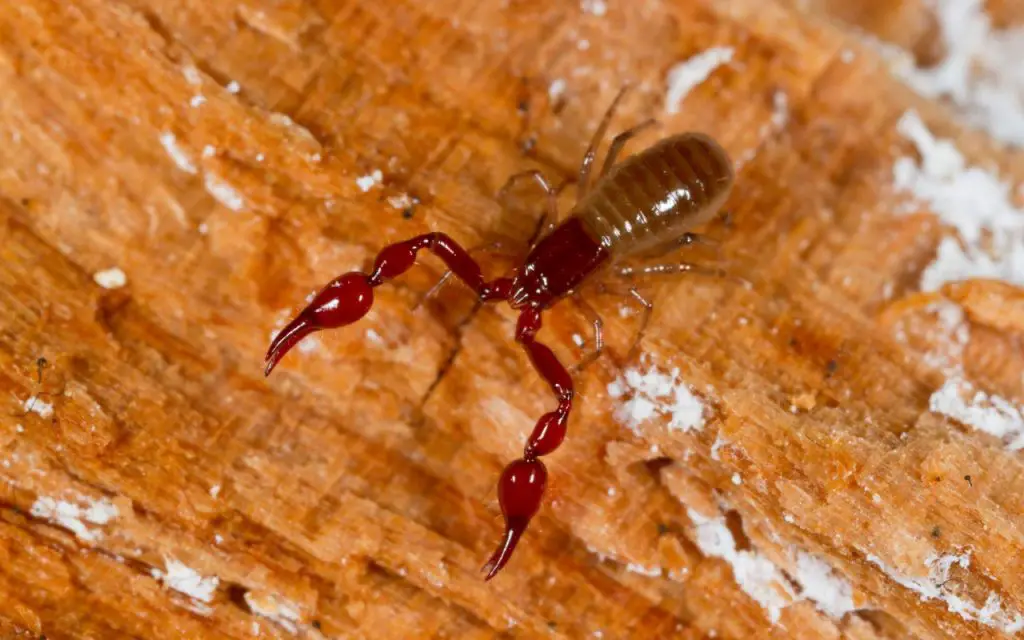
Is A Pseudoscorpion Considered a Tick?
When pseudoscorpions appear in the house, most people confuse them with ticks due to their close resemblance. However, these tiny creatures cannot be considered ticks as they have key distinguishing features. Besides the physical differences such as size and shape, pseudoscorpions are harmless to your home, while ticks can attack your livestock.
Pseudoscorpion Tick
Pseudoscorpions and ticks belong to the same group, venomous arachnids, with scorpions and spiders. Ticks and pseudoscorpions have the closest resemblance in color and almost the same size, with false scorpions being smaller. However, not that ticks are external parasites that attack and live on their host, while a pseudoscorpion is a harmless hitchhiker that moves by hopping onto larger insects like mites.
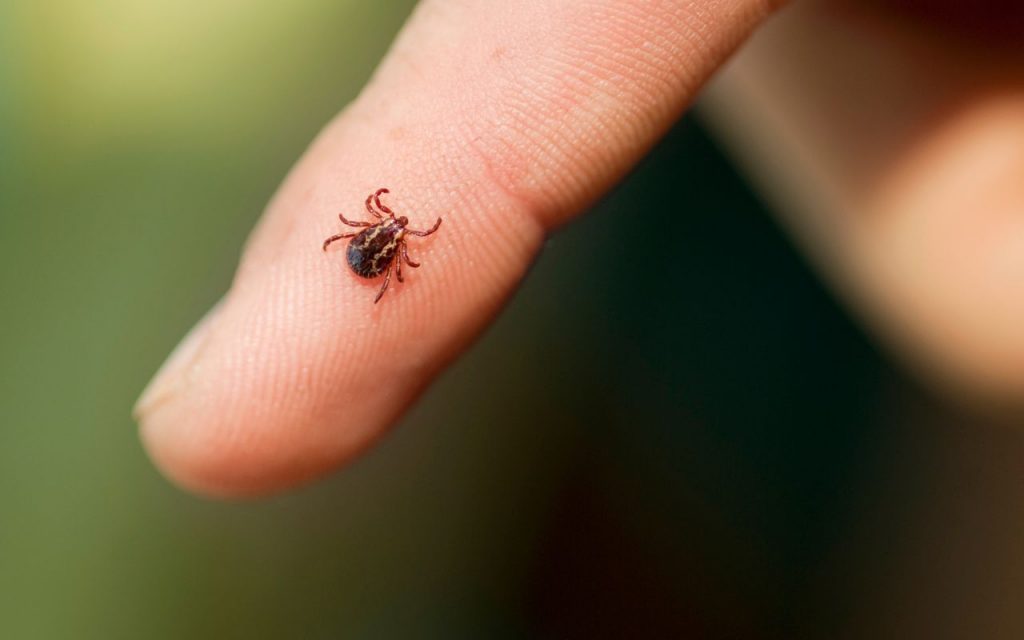
Why Do I Have Pseudoscorpions in My House?
Pseudoscorpions can enter your home by hacking free lifts on the backs of other insects like beetles and flies. You can also transport them home on firewood, where they sleep unnoticed in the fields. Because they lurk in shadowy areas, you might not instantly detect them once they enter your home.
Even though only a few entered the house, you might start noticing more over time as they hide in moist spots to reproduce. Due to the humid conditions, the basement, kitchen sinks, laundry room, and bathroom areas will all have them. However, you can now see them in any space as they increase in numbers. Pseudoscorpions are frequently observed indoors during the spring and summer’s longer days.
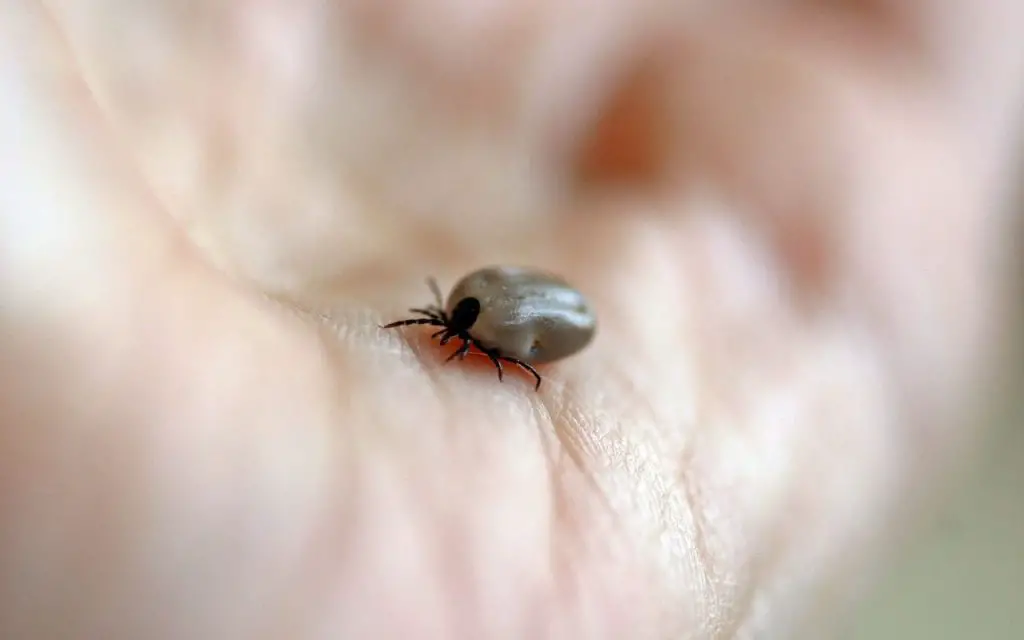
Where are Pseudoscorpions Found?
Pseudoscorpions are widespread throughout the planet and can exist in any habitat. They do, however, grow best in warm, humid environments. Most species enjoy the outdoors, but two, Chelifer cancroides and Cheiridium museorum, prefer the interior. These two can only thrive in shady or indoor conditions where they prey and feed on household invertebrates.
You can find them worldwide, even in cold and temperate areas like Northern Ontario (Canada) and above Wyoming’s Rocky Mountains timberline. There are also species in the Jenolan Caves of Australia. But, they are most abundant and diverse in the tropics and subtropics, which have even spread to island nations like the Canary Islands. Scientists report about 25 endemic species in the Canary Islands.
The Maltese Islands are also home to two indigenous species. Scientists discovered these species in various habitats, including beneath tree bark, leaf and pine litter, soil, and tree hollows. There are also several living under stones and in caves like the Movile Cave, by the shoreline in the intertidal zone, and inside fractured rocks.
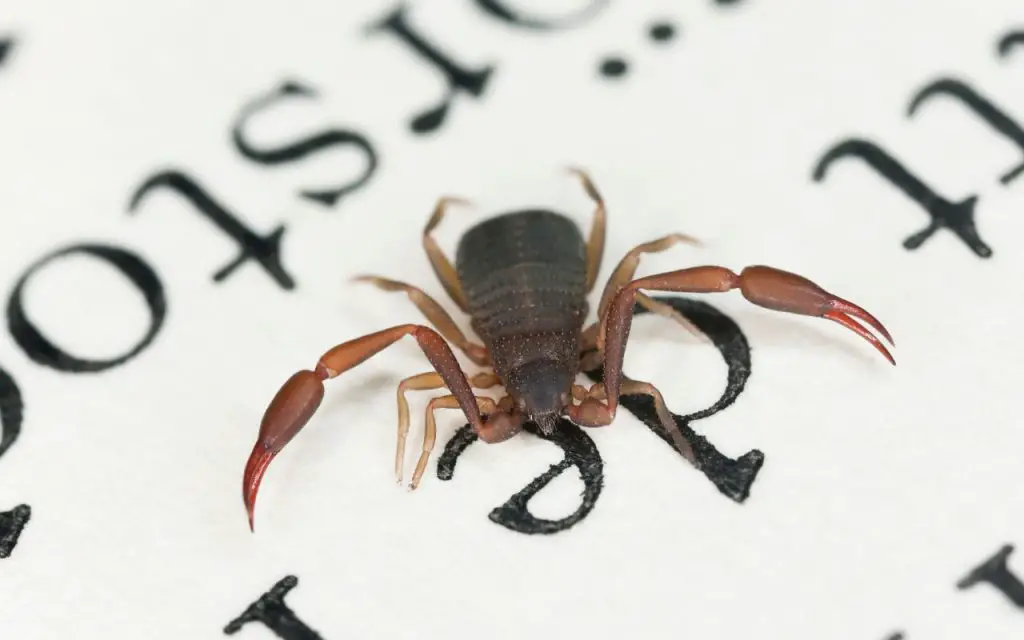
Can a Pseudoscorpion Hurt You?
Homeowners are not at risk from pseudoscorpions since they only feed on tiny insects and moth larvae. However, their presence may indicate a population of other arthropods that the pseudoscorpions are feeding on and a high amount of atmospheric humidity. It is not advisable to use pesticides to manage these animals. Contrarily, there are several benefits of pseudoscorpions to humans.
Are pseudoscorpions dangerous?
Pseudoscorpions are not only harmless but also friendly to human beings. They consume ants, mites, booklice, small flies, carpet beetle larvae, and clothing moth larvae. People like them as a result of this. Because they are tiny, pseudoscorpions cannot harm people. Although they are venomous, their venom is only effective on their prey, smaller insects.
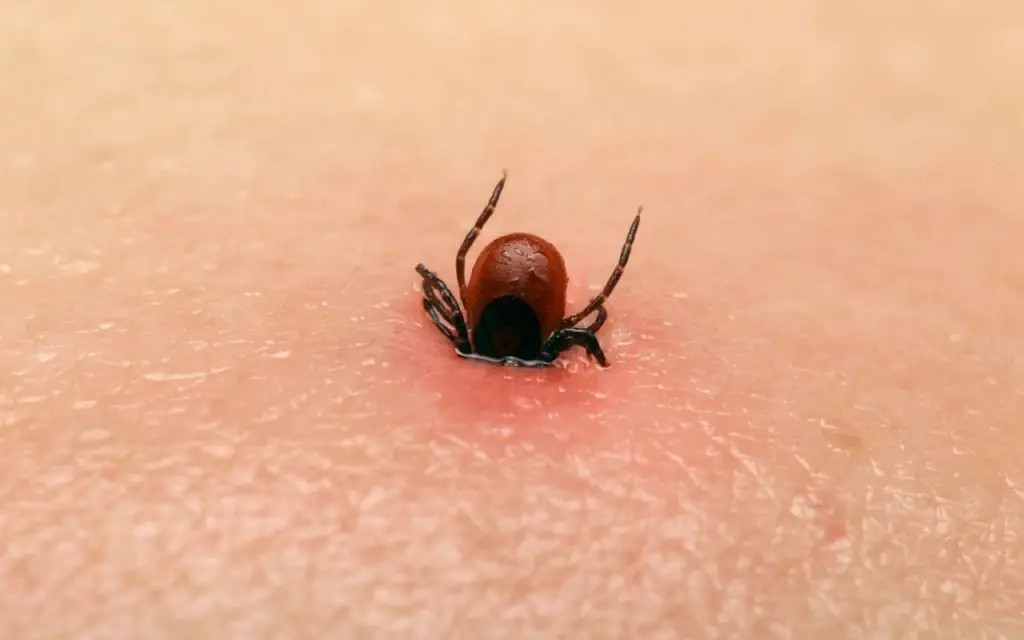
Can Pseudoscorpions Be Helpful to Humans?
Humans can benefit significantly from pseudoscorpions in the house and yard. They eat undesirable insects like mites that might otherwise ruin crops when they invade your garden. They aid in the eradication of other dangerous insect larvae and microscopic insects inside your home, keeping it secure and bug-free.
How Can Pseudoscorpions Be Helpful to Humans?
Pseudoscorpions are valuable to humans in several ways. Unlike other tiny organisms in their group, they do not bite or irritate; the worst they can do is annoy you with their presence. Here are some benefits of pseudoscorpions to human households:
- They help control other harmful insects that can cause a nuisance in your home. They achieve this by feeding on the insect and moth larvae.
- They clear moths on clothes and garments under storage, hence protecting you from skin irritation
- They clean the hidden parts of your furniture and carpets by feeding on the carpet beetles
- If they invade your garden, they feed on unwanted insects and their larvae that would otherwise destroy your crops
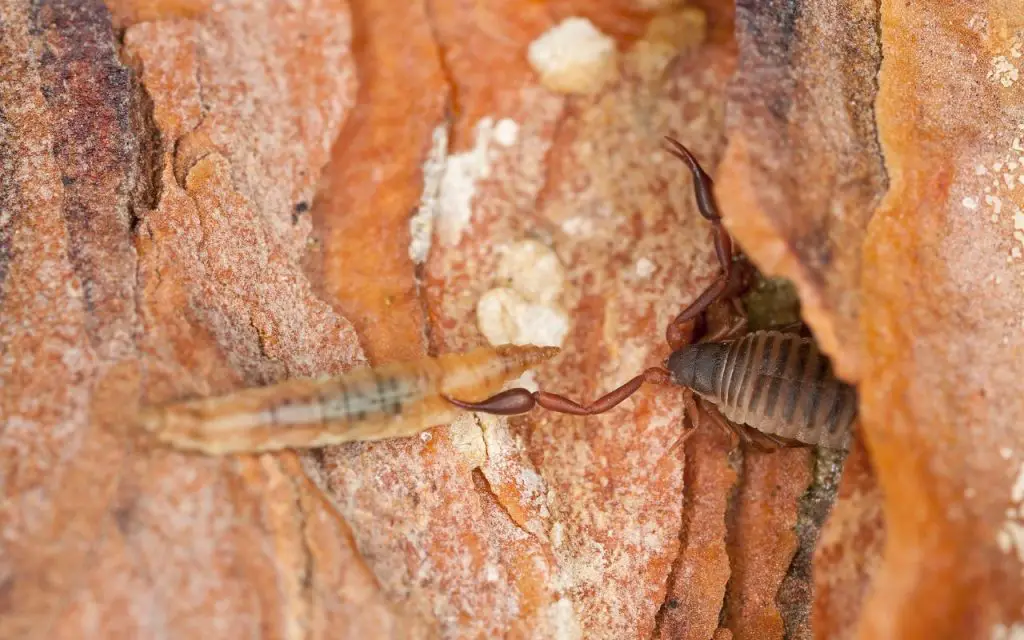
Are Pseudoscorpions Rare?
There are more than 3300 pseudoscorpion species in over 430 genera on the earth’s surface, yet, it is easy to assume that these creatures are rare. Their scarcity assumption results from the tiny nature that makes them almost invisible.
House Pseudoscorpion
An adult house pseudoscorpion measures about 3 to 4 mm in length and is rich mahogany in color. It is the most common indoor pseudoscorpion present in many environments worldwide. They look like crabs when they extend their first legs, which are almost 9 mm across. In addition, they have 12 segments on their abdomen, but only ten are visible.
During the reproduction of house pseudoscorpions, the female can lay about 20 to 40 eggs and carry them beneath her abdomen. They then produce a young pseudoscorpion that resembles a smaller adult. The young one stays with the female for some days before maturing, and they can ride on the adult’s back. The process of egg deposit and brood dispersal takes approximately three weeks. Adult house pseudoscorpions do not molt and have about three to four years of lifespan.
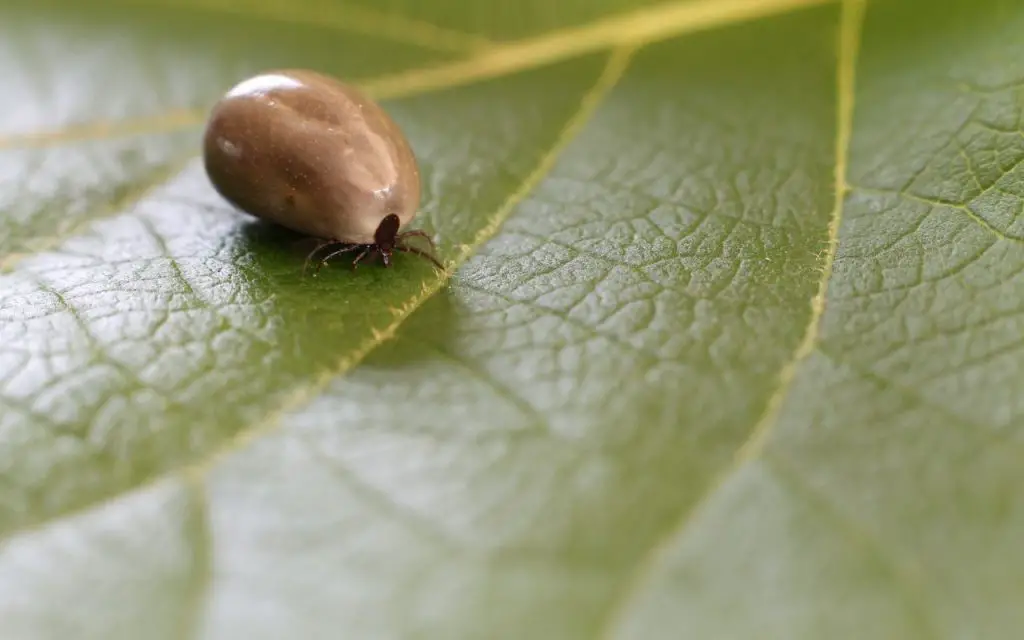
Pseudoscorpions Bite
Contrary to popular belief, although pseudoscorpions resemble miniature scorpions, they are harmless and do not hurt people or animals. Their claw-like pincers cannot bite or sting and are only valuable for injecting venom into their prey. Therefore, you can only notice their presence by seeing them crawling on bare surfaces of your skin. Therefore, there is no need to fumigate Chelifer cancroides from your home. They can only harm small arthropods and other insects like mites.
Pseudoscorpion Size
Pseudoscorpions are minute creatures of about 2 to 8 mm in length. They have a single pair of claw-like pincers and eight legs. It is this miniature nature that makes them almost invisible to homeowners. However, their size gives them an advantage since they can move by hitchhiking on other insects’ backs.
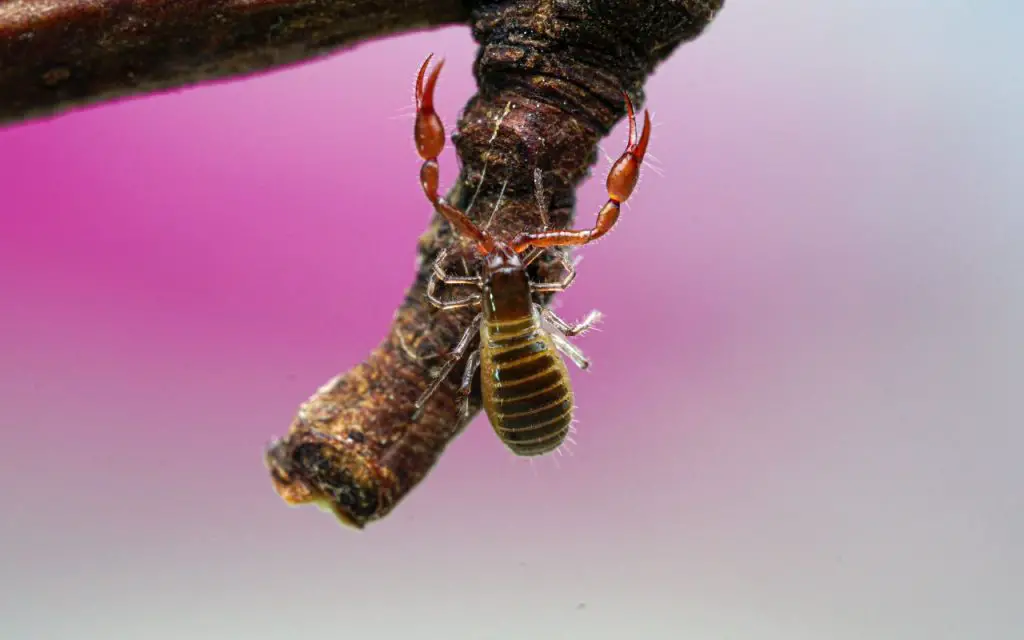
Summary of Tick and Pseudoscorpion differences
| Feature | Ticks | Pseudoscorpions |
|---|---|---|
| Size | Typically larger | Smaller |
| Shape | Oval or flat | Round or pear-shaped |
| Pincers | None | Present |
| Feeding | Parasitic, feed on blood of mammals | Carnivorous, feed on small insects |
| Habitat | Commonly found in grass, brush and wooded areas | Found in a variety of habitats including leaf litter and soil |
FAQ Relating to Pseudoscorpion vs. Tick
How Big Can Pseudoscorpions Get?
Pseudoscorpions are tiny hitchhiking creatures that grow up to about 8 mm long. However, since they exist in many species, the largest species, Garypus titanius, can grow up to 11 mm long. However, this species is endangered and only found on Boatswain Bird Island.
Can Pseudoscorpions Fly?
Although pseudoscorpions cannot fly, they can move around without wings. They move through phoresy. Behavior in which they attach to flying animals like flies, beetles, and even bats, which unintentionally carry them to a new site.
Where in the World do Pseudoscorpions Live?
Pseudoscorpions live in many places globally. However, they prefer hot and humid conditions, which is why they are common in the tropics and subtropics. In these climates, you can find them in shady, damp spots like leaf litter and beneath tree bark.
Do Pseudoscorpions Eat Bed Bugs?
Pseudoscorpions are predators of many tiny insects, including bed bugs. They can hide between beddings and attack the unsuspecting bedbugs with their pincers before making them a meal.
While many people, especially those seeing pseudoscorpions for the first time, can confuse them with ticks, the two are different. Here are some key takeaways about pseudoscorpions and ticks:
- Pseudoscorpions are slightly smaller than ticks
- Pseudoscorpions cannot harm people or animals, but ticks are harmful to livestock
- Pseudoscorpions are valuable to human beings
- Pseudoscorpions cannot bite or sting

